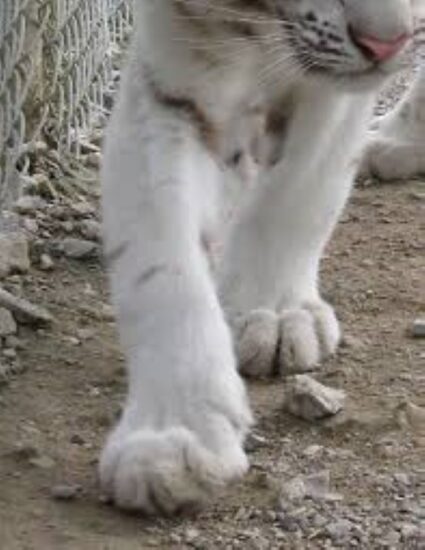Metabolic bone diseases are characterized by a thinning and loss of bony mass, predisposing the bone to fractures and growth deformities. The most common metabolic bone disease seen in dogs and cats is hyperparathyroidism.
This condition is characterized by a calcium deficiency within the body that leads to abnormal bone growth and bone resorption as the body tries to correct the low calcium levels in the bloodstream.
Hyperparathyroidism can result from feeding pets all-meat diets (which are naturally low in calcium), or it can result secondary to kidney disease.
Dogs and cats afflicted with metabolic bone diseases exhibit lame- ness, weakness, bone and joint deformities, and spontaneous fractures. Diagnosis is based on radiographic X-ray findings and on blood calcium measurements.
Treatment for nutritionally related bone dis- ease obviously involves changes in the diet and calcium supplementation. Treatment for kidney-related hyperparathyroidism is geared toward counteracting the kidney disease itself.
Another type of metabolic bone disease that can affect cats is called hypervitaminosis A. This condition is seen in those cats fed an exclusive diet of liver, which contain high levels of vitamin A.
Musculoskeletal changes seen in cats experiencing chronic vitamin A toxicity include bony deformities, outgrowths, and fusion involving the vertebral column, especially in the region of the neck, and bony fusion of the joints of the limbs, resulting in pain and immobility.
A history of an all-liver diet, combined with clinical signs and radiographic analysis of the spine and limbs, can reveal conclusive evidence of hypervitaminosis A. If detected early in its development, this condition can often be reversed by switching the cat to a balanced diet.
However, in advanced cases, the bony changes that occur are usually permanent, and anti-inflammatory medications are usually required for the remaining life of the cat to help ease the pain associated with the disease.





